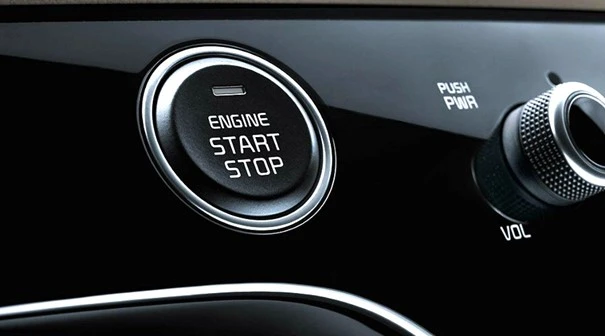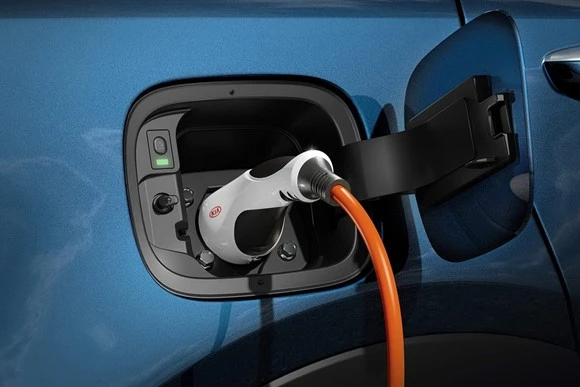
When it comes to hybrid vehicles, there’s pretty much a straight choice between a HEV and PHEV. But what do these two terms mean, and what are the benefits and drawbacks of each? Here’s our handy guide to hybrids.

HEV
This term stands for Hybrid Electric Vehicle. They unite an electric motor with batteries as well as some form of combustion engine. The majority of HEVs use petrol engines. There are some diesel-electrics available in order to improve the fuel economy and reduce the CO2 emissions of the vehicle in question. There is no facility to plug any form of electric power supply into the car anywhere with all charging of its onboard battery systems handled by the combustion engine, as well as, kinetic energy harvested from coasting and/or braking. You’ll therefore not often be driving on electric power alone. These vehicles can creep around without using their petrol or diesel engines at very low speeds, while they also can switch off the engine to coast while driving at a higher pace.
PHEV
Plug-in Hybrid Electric Vehicles are an evolution, in that they have larger battery packs and more potent electric motors, which allow them to drive for extended periods on electric power alone. The benefit here, is that, you have all the zero-emissions driving benefits of a full EV, without any range anxiety because – should you run out of battery power on the move – then the vehicle will switch to its combustion engine and continue driving just like a conventional car.
The pros and cons of HEVs and PHEVs
- HEVs cannot run for any great length of time on electric power alone, meaning you’ll still be fuelling them at petrol stations – just like any car without electrification.
- Don’t have super-low CO2 emissions, which means they’re not as efficient as a PHEV.
- PHEVs offer a ‘best of both worlds’ scenario for buyers who want to adopt the electric-car lifestyle but who are a little worried about whether a full EV will suit their needs.
- They have the ability to drive for considerable distance without any recourse to their combustion engine at all and, as a result, they have an extremely high quoted average fuel economy and low official CO2 outputs.
- A PHEV for a regular commute - you cannot beat it; especially if, on occasion, you need to travel longer distances, when its combustion engine will make it more user friendly than a full EV. With this in mind, it’s possible to drive a PHEV extremely efficiently which is incredible when some PHEVs are very large and luxurious SUVs. This makes them an ideal ‘ EV choice’ for someone migrating from a diesel.

EV (Full Electric no combustion engine)
With EVs, the 100% electric range vary considerably, depending on model and driving style. At the top of the EV range, you have the Kia Niro & Kia Soul with 64kW battery. Both of these vehicles giving up to 460 kms of driving on a single charge.
Range anxiety is commonly cited as the main reason against more widespread adoption of EVs, which could be why PHEVs are a less scary leap for many people wanting to move away from 100% combustion engine driving.
Whether to go with a pure EV or opt for a PHEV will depend mainly on how you intend to use the car and what your motivation is for moving away from the conventional combustion engine.
For those who do mostly short journeys around a town or city and want to make the best possible savings on running costs, as well as enjoy the principle of zero emissions driving, an EV seems the natural choice.
For those who perhaps drive long distances on a regular basis and are mainly motivated by improving fuel economy, a PHEV could be the better option, at this point in time. Those with range anxiety concerns may find PHEVs a less risky first step.





